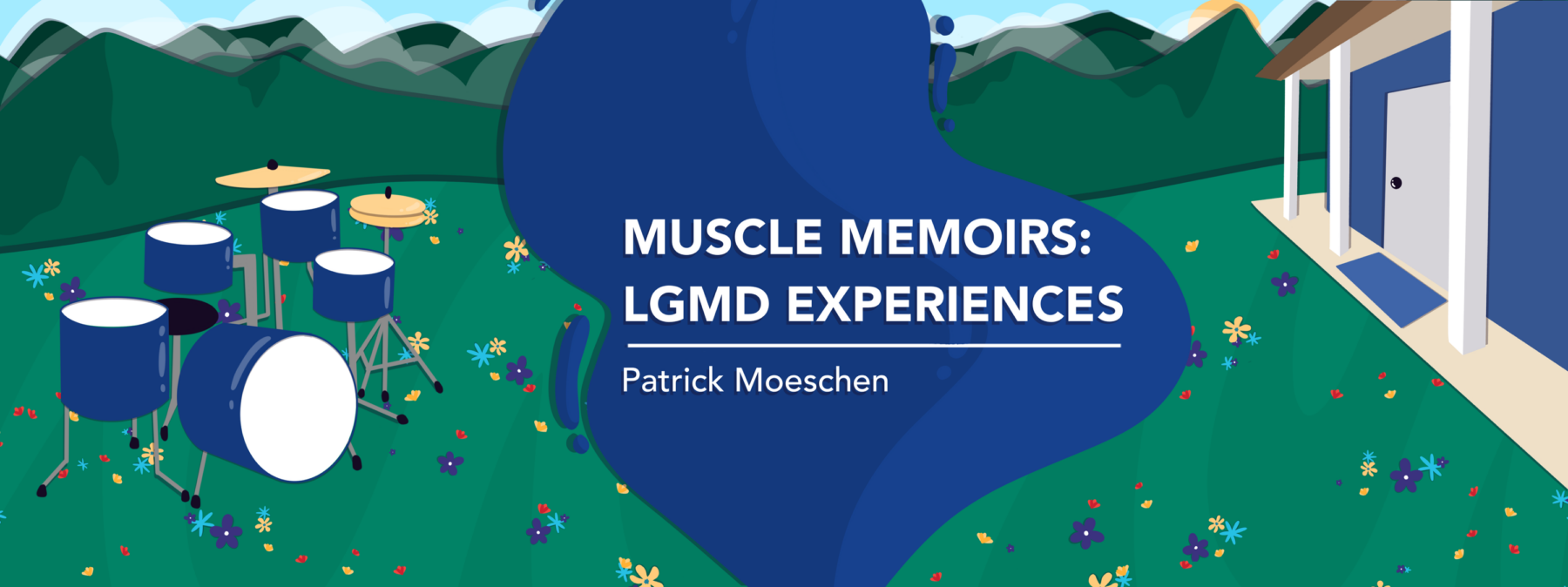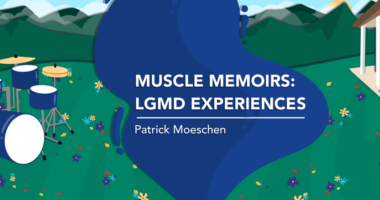I’m conflicted about the idea of a cure for muscular dystrophy
I'm grateful for treatment advances, but my life doesn't need 'fixing'

I am conflicted about the word “cure.”
Dictionary.com defines the noun in several ways, including: “a method or course of remedial treatment, as for disease. Synonyms: antidote, specific, restorative, remedy” and “a means of correcting or relieving anything that is troublesome or detrimental.”
In my view, the idea of correcting or relieving anything troublesome is troublesome in its own right.
The site also defines the verb “cure” as “to restore to health.” But who decides what the measuring stick is for health?
Why the term troubles me
For those of you who have been reading my column for a while, it will come as no surprise that I have opinions on how society uses words and language to shape, bend, and sometimes even warp one’s worldview. For those of you who are reading my words for the first time, I was diagnosed in August 1985 at the ripe young age of 12 with a rare, chronic illness called limb-girdle muscular dystrophy (LGMD).
“Treatment” in those days involved physical therapy, daily stretching, a balanced diet, and not overdoing it. Less than a year later, researchers identified the gene that, when defective, causes Duchenne MD, the most common form of muscular dystrophy. After that, it felt like the word “cure” was being thrown around as if it were a short walk to the corner store.
In the four decades since, scientists have invested much time and effort into exploring potential MD treatments. No cure has been found, but the term still comes up often in our community.
So what does “cure” mean to me? If scientists found a way to halt the progression of LGMD, that would be a cure to me. If doctors told me they could keep my heart and lungs functioning for the rest of my life, that would also be a cure in my eyes.
Society has conditioned me to believe that my rare disease needs to be cured — that I need to be “fixed.” But I’m not sure I’m broken. Before you call me crazy, keep reading.
I have lived in this body since I was born. I was dealt a hand of cards that most people wouldn’t consider to be a royal flush, or even a full house, but my wondrous body has found all kinds of ways to compensate for the missing proteins inside my muscles. When I was still walking, my muscle groups compensated to propel me forward.
Even though I can no longer walk, I have a wheelchair that I can stand and move around in. Should I ever need a feeding tube due to swallowing difficulties, that is an option. The body is amazing at finding ways to adapt. Perhaps I find more peace of mind in my support system, medical devices, and ability to advocate for my quality of life than I do in the murky idea of a cure.
Come to think about it, there is no cure for the game of life. All of us have a finite number of days on this planet. I think it’s wonderful that researchers are searching for better treatments for all kinds of rare diseases, but a cure for MD is proving to be a tall order. If it’s years away, it will be too late for me. I’m OK with that, though. My life doesn’t need fixing; it’s rich and fulfilling the way it is.
Note: Muscular Dystrophy News Today is strictly a news and information website about the disease. It does not provide medical advice, diagnosis, or treatment. This content is not intended to be a substitute for professional medical advice, diagnosis, or treatment. Always seek the advice of your physician or another qualified health provider with any questions you may have regarding a medical condition. Never disregard professional medical advice or delay in seeking it because of something you have read on this website. The opinions expressed in this column are not those of Muscular Dystrophy News Today or its parent company, Bionews, and are intended to spark discussion about issues pertaining to muscular dystrophy.






Robin Stemple
Hi, Patrick. I kind of take the opposite view. I think all of us are "broken." That being said, I'm glad you're comfortable in your own skin. I also liked your wife's guest column! I hope you and yours have a great Thanksgiving! Take care and keep the columns flowing!